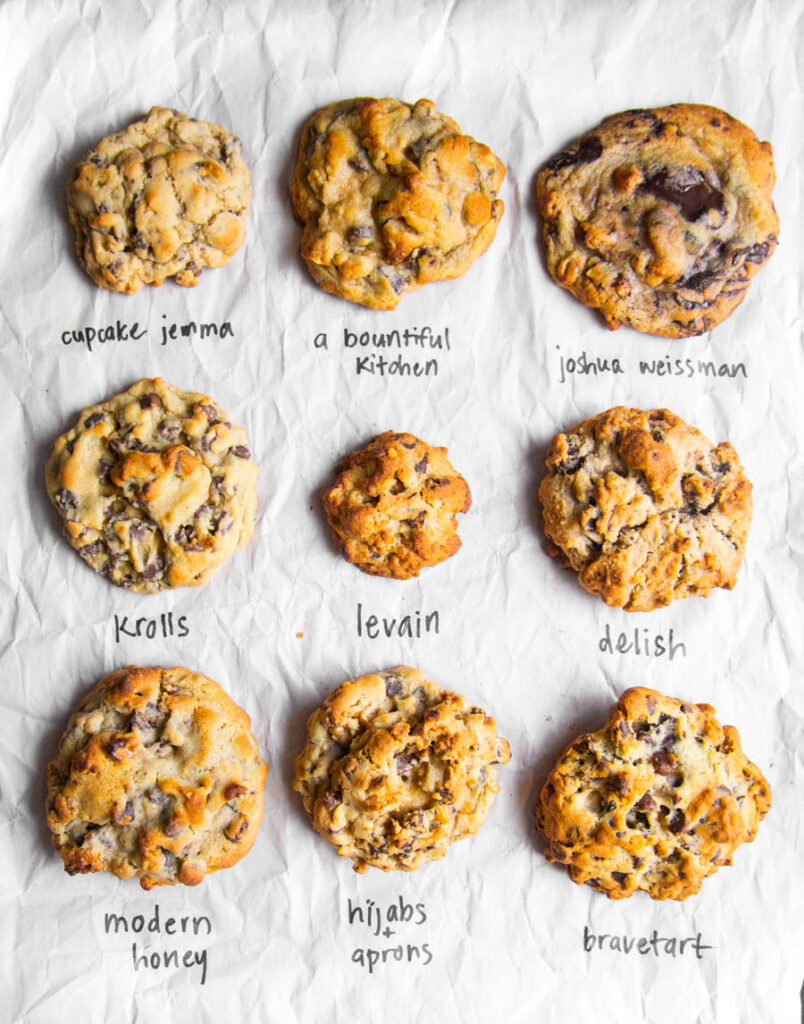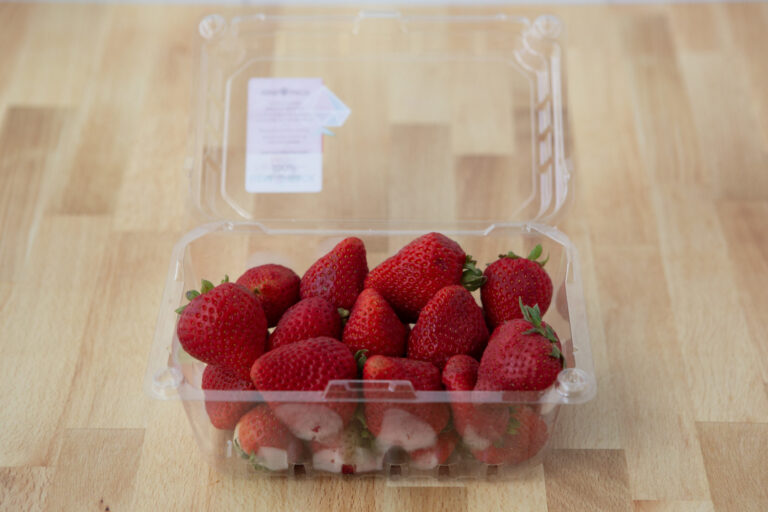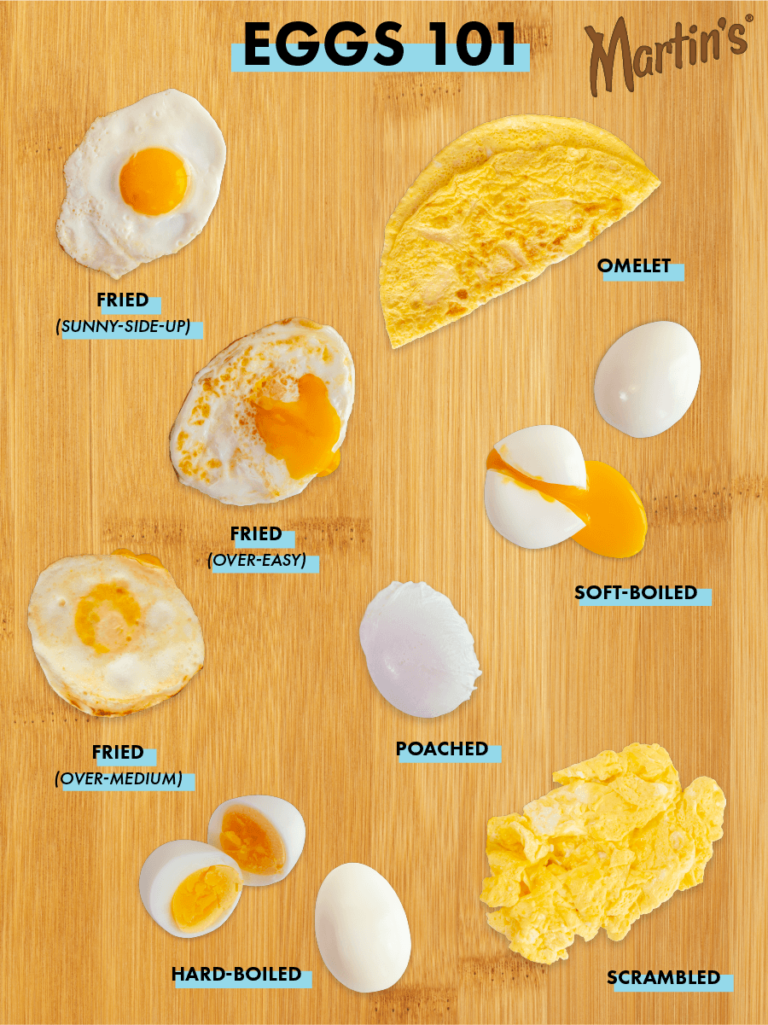How To Make Cookie Dough Thicker: Top Tips for Perfect Cookies
Getting the perfect cookie dough consistency can be tricky. Sometimes, it’s too thin and hard to work with.
In this post, we’ll share top tips for making your cookie dough thicker and perfect every time. Whether you’re a beginner or a seasoned baker, these tips will help you achieve the ideal texture for your cookies. Thick dough not only makes cookies easier to shape, but it also results in a more decadent, more flavorful treat.
Read on to discover practical advice and simple techniques that will transform your cookie-baking experience. Let’s dive into the secrets of making thick, delicious cookie dough!
:max_bytes(150000):strip_icc()/__opt__aboutcom__coeus__resources__content_migration__serious_eats__seriouseats.com__2019__02__20190131-levain-style-chocolate-chip-cookies-vicky-wasik-19-da3b6baeddc24b01b724b557150e993a.jpg)
Credit: www.seriouseats.com
Importance Of Dough Consistency
The consistency of cookie dough is crucial for baking the perfect cookies. The right dough consistency ensures your cookies have the ideal texture and taste. A well-balanced dough makes the difference between cookies that spread or retain their shape. Let’s explore why dough consistency matters.
Impact On Cookie Texture
The texture of your cookies depends on the dough’s consistency. Thick dough results in cookies that are chewy and dense. Thin dough can lead to cookies that spread too much. They may turn out crisp and flat. The right balance gives a delightful texture. Every bite becomes a treat.
Common Issues With Thin Dough
Thin dough can cause several problems. Cookies may spread too much during baking. They can become too flat and lose their shape. These cookies may also be overly crispy and lack the desired chewiness. This can be not very pleasant.
Thin dough can result from various factors. Too much liquid or not enough flour are common culprits. Fixing these issues will help you achieve the perfect cookie dough consistency.

Credit: www.thepancakeprincess.com
Choosing The Right Flour
Choosing the right flour can make a big difference in your cookie dough. The type of flour you use impacts the dough’s texture and thickness. Let’s explore the types of flour and how to measure them accurately.
Types Of Flour
Different types of flour have different properties. All-purpose flour is the most common. It has a medium protein content, which makes it versatile. Bread flour has more protein. This gives cookies a chewier texture. Cake flour has less protein and makes cookies softer. Choose the right flour to match the cookie texture you desire.
Measuring Flour Accurately
Accurate measurements are crucial for perfect cookies. Use a kitchen scale for best results. If you use measuring cups, do not scoop directly from the bag. This packs the flour and adds extra weight. Instead, spoon flour into the cup and level it off with a knife. This ensures you have the right amount and keeps your dough from becoming too thick or too thin.
Adjusting Wet Ingredients
Cookie dough consistency can make or break your baking experience. To achieve the perfect thickness, adjusting wet ingredients is key. This step can significantly affect the texture and outcome of your cookies. Let’s explore some effective methods to get that ideal dough consistency.
Reducing Liquid Quantities
Start by cutting back on liquid ingredients like milk or water. Even a tiny amount can make a big difference. Try reducing these liquids by a tablespoon at a time. This method helps you control the dough’s thickness without compromising the flavour.
Avoid adding too much vanilla extract. This ingredient can add extra liquid to the dough. Opt for a smaller amount or a thicker extract to maintain the dough’s consistency.
Using Alternatives
Consider using less runny alternatives for some wet ingredients. For instance, replace liquid milk with powdered milk. This change can help reduce overall moisture while retaining flavour. You can also use Greek yogurt instead of regular yogurt. Greek yogurt is thicker and less watery, making it a good substitute.
Another option is to use thicker honey or molasses instead of syrup. These thicker alternatives can help you achieve the desired dough consistency. Experiment with these changes to find what works best for your recipe.
Incorporating Dry Ingredients
One of the most effective ways to make your cookie dough thicker is by incorporating dry ingredients. These ingredients can help absorb excess moisture, giving your dough a firmer texture. Here are some tips for incorporating dry ingredients into your cookie dough:
Adding More Flour
Flour is the primary dry ingredient that affects the thickness of your cookie dough. Adding more flour can make your dough thicker and more manageable.
- Start by adding an extra tablespoon of flour at a time.
- Mix the dough thoroughly after each addition.
- Check the consistency before adding more flour.
It’s important not to add too much flour at once. Too much flour can make the cookies dry and crumbly. Always add in small increments and mix well.
Using Cornstarch
Cornstarch is another excellent dry ingredient to thicken your cookie dough. It can help improve the texture without making the cookies hard.
- Add one to two teaspoons of cornstarch to your dough.
- Mix well to ensure it is evenly distributed.
- Cornstarch can also make cookies softer and more tender.
Using cornstarch is a simple way to adjust the thickness of your dough. It is especially useful for delicate cookie recipes.
| Ingredient | Effect | Amount to Add |
|---|---|---|
| Flour | Thickens and firms the dough | 1 tablespoon at a time |
| Cornstarch | Thickens and softens the texture | 1-2 teaspoons |
Chilling The Dough
Chilling the dough is a crucial step in making perfect cookies. It helps to control the spread of the dough, resulting in thicker and chewier cookies. This process allows the ingredients to meld together, enhancing the overall flavour and texture. Let’s dive into why chilling the dough is essential and how to get it right.
Benefits Of Chilling
Chilling the dough offers several benefits. First, it prevents the dough from spreading too much during baking. This helps maintain the desired shape and thickness of the cookies. Second, it allows the flavours to develop more fully. The butter solidifies, which helps the cookies bake evenly. Lastly, chilled dough is easier to handle and shape, making it less sticky and more manageable.
Optimal Chilling Time
Finding the right chilling time is key for perfect cookies. For best results, chill the dough for at least 30 minutes. This short period can make a noticeable difference. For even better results, chill the dough for 1 to 2 hours. If you have more time, let it cool overnight. The longer the dough chills, the better the cookies will be. Just make sure to cover it with plastic wrap to prevent it from drying out.
Balancing Fats And Sugars
Achieving the perfect cookie dough texture often hinges on the balance of fats and sugars. This balance influences the dough’s thickness and the final cookie’s taste and texture. Let’s explore how to get this balance just right.
Choosing The Right Butter
Butter is a crucial ingredient in cookie dough. It impacts both flavour and texture. Use unsalted butter for better control of the salt level. Make sure the butter is at room temperature. This ensures it mixes well with the other ingredients.
Consider the moisture content of your butter. European-style butter has more fat and less water. This can lead to a thicker dough. If your dough seems too thin, try switching to this type of butter.
Do not melt the butter unless the recipe calls for it. Melted butter can make the dough too soft. Stick to softened butter for the best results.
Adjusting Sugar Levels
Sugar affects the spread and texture of cookies. Granulated sugar makes cookies crispier. Brown sugar, on the other hand, makes cookies chewier and softer.
For a thicker dough, use more brown sugar. This sugar contains molasses, which adds moisture and density to the dough. You can also try reducing the overall sugar amount slightly. Less sugar means the dough will spread less when baked.
| Sugar Type | Effect on Dough |
|---|---|
| Granulated Sugar | Makes cookies crispier |
| Brown Sugar | Makes cookies chewier and thicker |
- Use more brown sugar for thickness.
- Reduce overall sugar for less spread.
Experiment with different ratios of these sugars. Find the perfect balance that works for your desired cookie texture.
Using Baking Powder And Soda
Using baking powder and soda is essential for achieving the perfect cookie texture. These ingredients can significantly impact the thickness and chewiness of your cookies. Let’s delve into how baking powder and soda play a role in making your cookie dough thicker and give you the top tips for using them correctly.
Role In Dough Thickness
Baking powder and soda are leavening agents. They help cookies rise and spread. Baking soda, a base, reacts with acidic ingredients. This reaction produces carbon dioxide gas, which makes the dough expand. Baking powder contains both an acid and a base. It reacts twice—once when mixed and again during baking.
These reactions create air pockets in the dough. Air pockets lead to thicker, fluffier cookies. Without leavening agents, cookies would be dense and flat. Using the right amount is crucial for achieving the desired thickness.
Proper Measurements
Accurate measurements are vital for the perfect cookie dough. Too much baking soda or powder can cause excessive spreading. This makes cookies thin and crisp. Too little, and cookies won’t rise properly. For most recipes, use about 1/2 teaspoon of baking soda per cup of flour. If baking powder is used, 1 to 1 1/4 teaspoons per cup of flour is a good rule of thumb.
Always level off your measuring spoons. A slight excess can alter the dough’s texture. Mix the leavening agents thoroughly into the dry ingredients. This ensures even distribution and consistent results.
Remember, the balance of ingredients affects the final product. Follow the recipe closely for the best results. Happy baking!

Credit: jessiebakescakes.com
Troubleshooting Tips
Even the most experienced bakers face challenges with cookie dough. If your dough is too thin, don’t worry. Here are some troubleshooting tips to help you achieve the perfect consistency for your cookies.
Fixing Overly Thin Dough
If your cookie dough is too thin, it may not hold its shape. Try adding more flour to thicken it up. Add one tablespoon at a time. Mix well after each addition. This will help you avoid adding too much flour.
Chilling the dough can also help. Please place it in the fridge for 30 minutes. This firms up the butter and makes the dough easier to handle. If the dough is still too thin, consider adding a bit more flour and chilling again.
Sometimes, you may need to adjust other ingredients. For example, reduce the amount of liquid ingredients. This includes milk, eggs, or vanilla extract. Use half the amount at first and see if it improves the dough’s thickness.
Preventing Future Issues
Properly measuring ingredients is key. Use a kitchen scale for accuracy. Ensure your butter is at the right temperature. Softened butter mixes well but shouldn’t be melted. Melted butter can make the dough too runny.
Always follow the recipe closely. Baking is a science. Small changes can have big effects. Stick to the recommended measurements and techniques. If you still have issues, consider trying a different recipe.
Lastly, practice makes perfect. The more you bake, the better you’ll understand dough consistency. Over time, you’ll develop a feel for the perfect dough.
Frequently Asked Questions
How Can I Make Cookie Dough Thicker?
Add more flour to the dough. Slowly, a tablespoon at a time. Mix well after each addition.
What Ingredient Makes Cookie Dough Thicker?
Flour is the key. Adding it in small amounts helps achieve the desired thickness.
Why Is My Cookie Dough Too Runny?
Too much liquid or not enough flour can cause runny dough. Balance is important for the perfect consistency.
Conclusion
Achieving the perfect cookie dough thickness is easier than you think. Remember to measure ingredients accurately. Use quality butter and chill the dough. Adjust flour if needed. These small changes can make a big difference. Now, you’re ready to bake delicious, thick cookies.
Enjoy the process, and happy baking!

